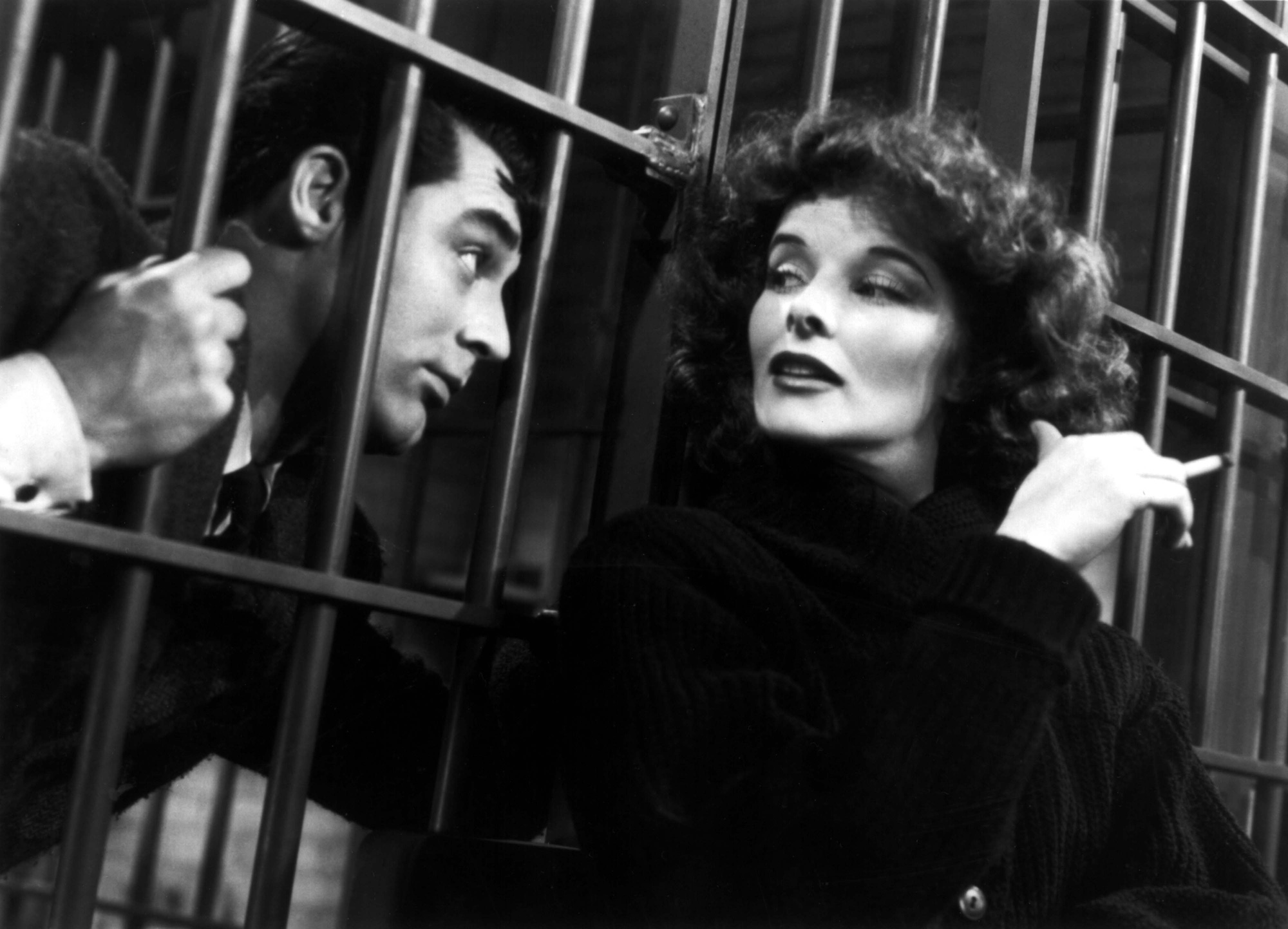
Paper 2
DUE: Monday, June 27
2-4 pages, 100 points
Assignment
Write a short (2-4 pages), focused analytical paper of one of the following options:
a) Using Stephen Apkon’s The Age of the Image AND/OR Brooke Gladstone’s The Influencing Machine as a lens through which to examine the impact, import, and implications of ONE clearly defined media issue or technology. Your focus may be current, recent, or historical in terms of the media you choose to analyze.
b) Using Patricia White and Timothy Corrigan’s Film Experience chapter on “Critical Theories and Methods,” offer a close reading of a film or other media text via ONE critical/theoretical approach described by the authors. Choose your own text(s) here. If you choose a film, it need not be one we have viewed for class.
Essay 1

Assignment (Due in class on Wednesday, June 15)
Write a short, focused formal analysis of a small (think 2 minutes or less) but crucial portion of one film we have viewed and discussed for class. This short paper (2-4 pages) is a more developed and thoughtful effort than your blogging thus far, but you need not integrate outside research. You should be sure to employ relevant cinematic concepts and vocabulary (and the more specific, the better).
The choice of text is yours, but you must work with one of the following films:
Children of Men (2006)
Nosferatu: A Symphony of Horror (1922)
The General (1926)
Apocalypse Now (1979)
The Cabinet of Dr. Caligari (1919)
The Dark Knight (2008)
My Fellow American (2011)
I Forgot My Phone (2013)
Bringing Up Baby (1938)
Citizen Kane (1941)
Workflow
Once you have selected the film you want to work with, your next step should be to view it again. Watch the film not only to reacquaint yourself with the text, but also to identify the specific sequence of the film you would most like to write about. After deciding on the sequence/scene(s) that will become your text, get to know it backwards and forwards via several mini-screenings that you conduct as soon as possible.
The choice of your text is crucial. It does not need to be long—in fact, it might be as short as 5 or 10 seconds—but it does need to be rich enough to warrant at least 2-4 pages of quality formal analysis. The object of this assignment is not to offer a reading of an entire film, but to closely discuss as many cinematic aspects of a short, but important piece of a film as you can in order to achieve a layered analytical reading. Finally, you should then suggest how your close reading of the sequence’s formal elements relates to the film as a whole.
Think, for example, of our in-class explications of the opening scene from Apocalypse Now, or, for that matter, our close reading of the tableau in Jasper’s house in Children of Men, or our looks back at Ellen and Orlock in Nosferatu, or the use of darkness in Apocalypse Now. Read the blog to see the work being done there already—you can see several interesting readings of these films already underway.
I recommend you approach separate viewings of your chosen text from as many perspectives as possible. You might watch it with an eye for camera angles once. On the next viewing, you might look for costuming details or lighting issues. Then examine editing techniques. Look for continuity principles or discontinuity, depth or shallowness of focus, length of takes, kinds of sound, actor movements, props, setting, makeup, camera movement, music, dialog, delivery. Take a lot of notes. Once you have made these kinds of inquiries into your text, start asking yourself how they work in relation to each other in the dynamic system of relationships that is the entirety of film form. Answers to that question should start to suggest natural or useful groupings for your observations and even an organizational structure for how you might begin writing, and then for structuring a progression of ideas to make your case.
Crucial to this assignment will be your careful use of cinematic terms and concepts. I want you to match relevant film terminology (from Corrigan and White) with your skills of close observation. To do well on this paper, you need to effectively apply the vocabulary of the new Film Studies language you are learning—see The Film Experience’s glossary for reinforcement. If you have questions or simply want to talk something out, please come discuss your ideas with me, and don’t hesitate to ask if you have questions.